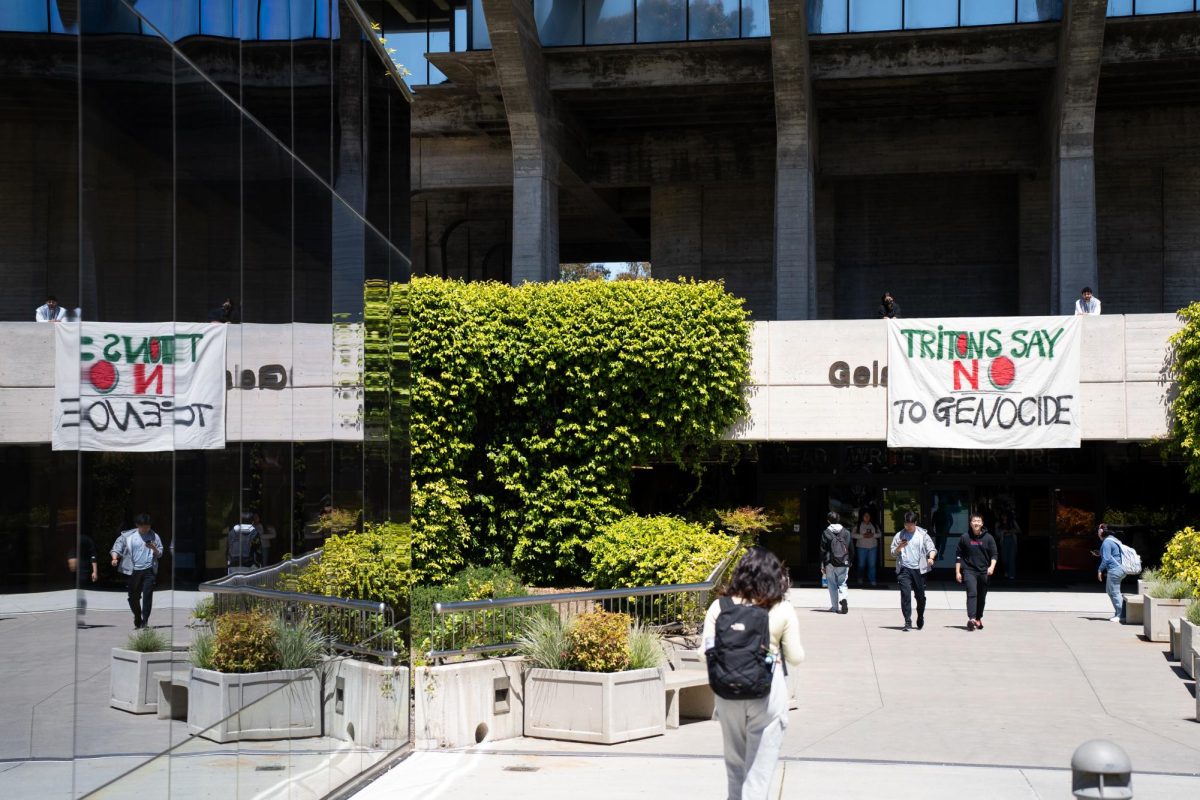UCSD researchers performed a study to determine the effect that the removal of grid cells within the brain would have on the precise firing patterns of specialized nerve cells, known as place cells.
These are located in the hippocampus — a brain structure critical to memory. The study was led by professor of psychiatry and neurosciences Dr. Robert Clark and was published in the medical journal “Cell Reports” on Nov. 6.
Grid cells are a group of spatially selective cells found primarily in the medial entorhinal cortex of the brain that create a cognitive representation of a topographical map of the subject’s environment.
Clark and his team obtained their findings by performing their experiments on rats using a microsurgical procedure developed specifically for this experiment.
It lesions the MECs of the rats’ brains and destroyed all grid cells and other targeted spatially selective cells.
The following behavior of the rats, including their inability to remember the location of a resting platform in a water maze, demonstrated that the removal of grid cells did in fact disrupt place cell precision and stability.
However, the rats were still able to perform many other memory and navigational tasks that scientists had previously assumed would be impossible if grid cells were destroyed.
“We were able to see that the lesioning of grid cells did disrupt navigational tasks,” Dr. Jena Hales, co-author of the study, told the UCSD Guardian. “But we did not see disruption of other place tasks, like noting that an object had been moved to a different location.”
The firing of place cells was also recorded when rats entered a familiar place, which demonstrated that the ability to recognize locations was not impaired.
Overall, the observed behavior, along with the electrical recordings of signals transmitted from the hippocampus of the rats, suggested that place cells had continued to develop and were still active despite the removal of spatially modulated grid cell input to these neurons.
According to Dr. Clark, this study was conducted as basic research meant to further the scientific community’s understanding of a process, but the implications could be important for future research that is more relevant to the human condition.
“It has been proposed that these same physiological algorithms might be used by humans to mentally navigate and then turn thoughts into long-term memory,” Clark told the UCSD Guardian. “By understanding how normal memory works, we have a better chance of understanding and treating memory problems like those associated with Alzheimer’s disease.”
Place cells have been recorded in the hippocampus since 1971, but grid cells have only recently been recorded.
In 2014, the scientists John O’Keefe, May-Britt Moser and Edvard Moser were awarded the Nobel Prize in Physiology or Medicine for their discovery of the cells.







